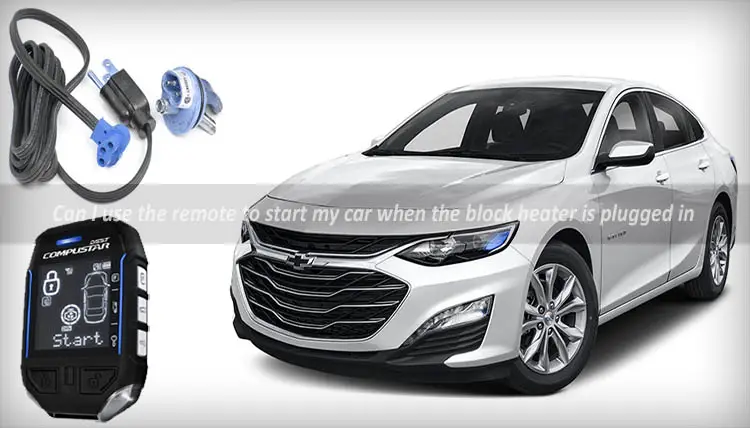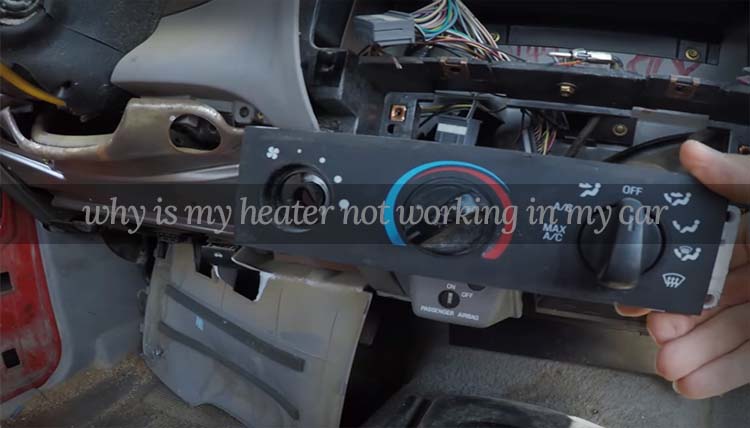Have you ever started your car on a cold winter morning and found yourself waiting for the engine to heat up before the cabin begins to warm? If so, you’re not alone. Thankfully, with the advancement of automotive technology, cars now come equipped with PTC (Positive Temperature Coefficient) heaters. But what exactly is a PTC heater, and how does it work?
In this article, we’ll delve into the nitty-gritty details of PTC heaters, their benefits, and how they’ve revolutionized the way we heat our cars. So buckle up, and let’s take a ride into the world of PTC heaters in cars.

What is PTC (Positive temperature coefficient) heater in car?
In simple terms, a PTC heater is a type of electric heater that uses a ceramic heating element with a positive temperature coefficient. When electricity flows through the heating element, it generates heat, which warms the air inside the car’s cabin.
Differences between PTC heaters and traditional heaters
PTC heaters are quite different from traditional heaters, and these differences give PTC heaters a significant advantage. Traditional heaters use a metal heating element, which works by heating up the air as it passes over the element. In contrast, PTC heaters use a ceramic heating element, which heats up the air as it passes through the element.
The use of a ceramic heating element has several benefits. Firstly, ceramic components can withstand higher temperatures than metal elements, so that PTC heaters can produce more heat. Secondly, ceramic elements are more durable than metal elements, which means that PTC heaters are more long-lasting.
How does a PTC heater work?
PTC heaters work on the principle of positive temperature coefficient. When an electrical current flows through the ceramic heating element, the resistance of the element increases as its temperature rises. This increase in resistance causes the electrical current to decrease, which prevents the heating element from overheating.
The PTC heater’s control module regulates the amount of electricity flowing through the heating element, which allows it to maintain a consistent temperature. As the air passes through the heating element, it is warmed up, and a fan then blows the warm air into the car’s cabin.
Advantages and disadvantages of PTC heaters in cars
Every technology has its strengths and weaknesses, and PTC heaters are no exception. Here are some of the boons and banes of incorporating PTC heaters in vehicles:
Advantages
- PTC heaters are more energy-efficient than traditional heaters, resulting in fuel cost savings.
- They are also more durable than their traditional counterparts, reducing maintenance and repair costs.
- These heaters heat up quickly, which means you can enjoy the warmth in your car without any delay.
Disadvantages
- If the specialized ceramic heating elements within PTC heaters break down, they can be costly to replace.
- In frigid weather, PTC heaters may take longer to heat up as the heating element’s resistance takes longer to increase.
- In extremely cold weather, PTC heaters may not be as effective as traditional heaters.
Importance of maintaining PTC heaters
PTC (positive temperature coefficient) heaters are becoming increasingly popular in modern cars due to their superior efficiency and energy-saving features. However, like any other vehicle component, PTC heaters require regular maintenance to perform optimally. Failure to maintain your PTC heater could lead to many problems, including reduced heating efficiency, increased energy consumption, and even complete failure. Therefore, keeping your PTC heater well-maintained is essential to enjoy its benefits fully.
You may also like: How to defrost inside car windows without a heater?
Tips for maintaining PTC heaters in cars
Maintaining a PTC heater is not rocket science, but it requires a bit of knowledge and effort. Here are some tips for keeping your PTC heater in top condition:
- Check the coolant level: Insufficient coolant can cause the PTC heater to malfunction. Regularly check the coolant level and top it up as needed.
- Clean the heater core: Dust and debris can accumulate on it, reducing efficiency. Use compressed air or a soft-bristled brush to clean the core periodically.
- Inspect the blower motor: A faulty motor can cause the PTC heater to stop working. Check the motor regularly to ensure it’s functioning correctly.
- Replace the cabin air filter: A dirty cabin air filter can impede airflow, causing the PTC heater to work harder than necessary. Replace the filter at the recommended interval to prevent this.
Common issues and how to fix them
Despite regular maintenance, PTC heaters can still experience problems. Here are some common issues and how to fix them:
- Weak heating: A weak heating output could indicate a faulty PTC heater, clogged coolant passages, or low coolant level. Check the heater for any visible damage and perform a coolant system flush to clear any blockages.
- Strange smells: If you notice an unusual smell emanating from the heater, it could indicate a coolant leak or a problem with the cabin air filter. Check the coolant level and replace the filter if necessary.
- No heating: If the PTC heater stops working, it could be due to a faulty blower motor, a blown fuse, or damaged wiring. Check these components and replace any damaged parts as necessary.
What are the key differences between a PTC heater and a heat pump?
While both PTC heaters and heat pumps produce heat, there are some significant differences between the two systems.
Energy efficiency
Heat pumps are famous for high energy efficiency, providing a heating-to-energy consumption ratio of 1:3 or higher. In contrast, PTC heaters have lower energy efficiency and can consume more energy than heat pumps for the same level of heating.
Heating speed
PTC heaters warm up quickly, providing almost immediate heat. In contrast, heat pumps may take longer to produce heat since they need to transfer heat from the outside.
Climate suitability
Heat pumps are ideal for milder climates, where the temperature does not drop too low. In contrast, PTC heaters are suitable for colder climates since they can produce heat faster and are less affected by ambient temperature.
Functionality
Heat pumps can provide cooling and heating, making them a versatile choice for year-round climate control. On the other hand, PTC heaters only offer heating and do not have cooling capabilities.
Which is the better choice?
Deciding between a PTC heater and a heat pump ultimately depends on individual circumstances. For those in milder climates, a heat pump may be a more efficient and versatile choice. In contrast, those in colder climates may prefer a PTC heater’s faster and more reliable heat production. Additionally, cost and available energy sources may also play a role in the decision-making process.
FAQS
Are PTC heaters noisy?
No, PTC heaters are generally not noisy. They use a ceramic element to generate heat, which operates quietly compared to other types of heating systems. This makes PTC heaters ideal for use in environments where noise pollution needs to be minimized, such as in cars or homes.
Does the PTC heater burn oxygen?
No, PTC heaters do not burn oxygen. They use a ceramic element with a positive temperature coefficient to generate heat through electrical resistance. As a result, no combustion process is involved, and the oxygen in the surrounding environment is not affected.
What temperature and voltage is the PTC heater?
PTC heaters operate at various temperatures and voltages depending on their specific application. Generally, they can achieve temperatures from 100°C to 250°C and work with voltages ranging from 12V to 480V. However, the actual temperature and voltage range can vary depending on the design and intended use of the PTC heater.
Do PTC heaters have a fan, and why is it needed?
Yes, some PTC heaters have a fan, which helps distribute the warm air more evenly throughout the car’s cabin. The fan also helps to increase the heating system’s efficiency, ensuring that the warm air reaches all areas of the vehicle.
Conclusion
Stay toasty warm on the road with PTC heaters in your car! These ceramic-based heaters boast a positive temperature coefficient, which means they increase their resistance as temperature rises, ensuring steady, reliable heating.
By knowing how to maintain them and understanding their differences from other heating technologies, drivers can keep their cars’ heating systems functioning at peak performance. So, buckle up, crank up the heat, and enjoy the ride, all thanks to PTC heaters!
Recommended Readings:



